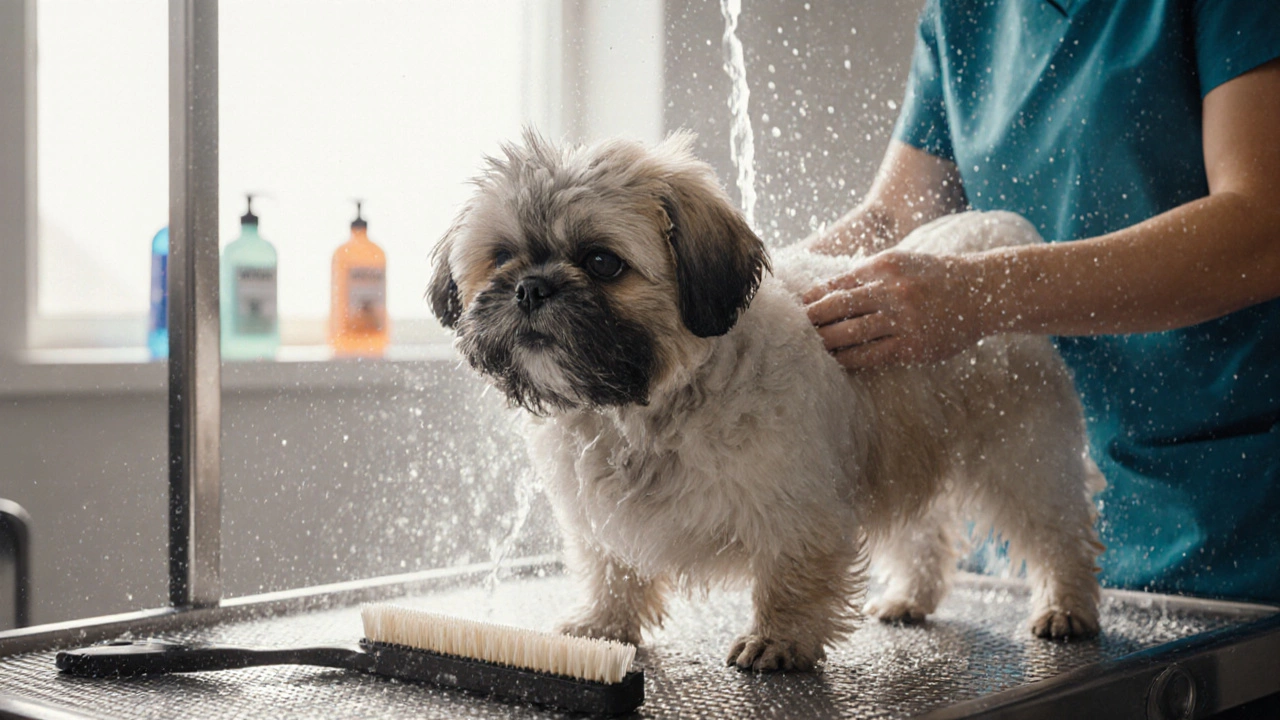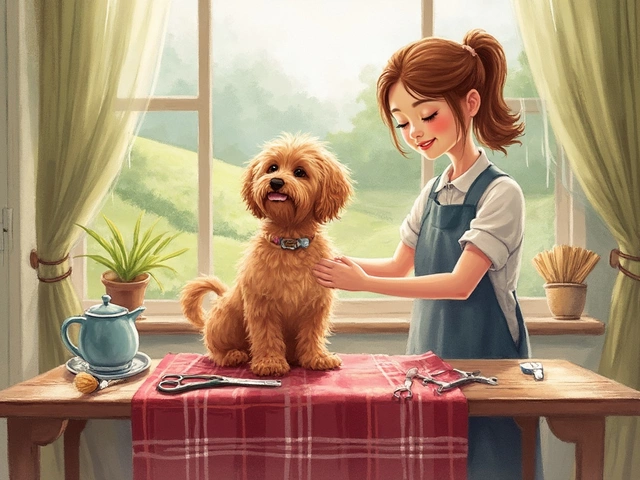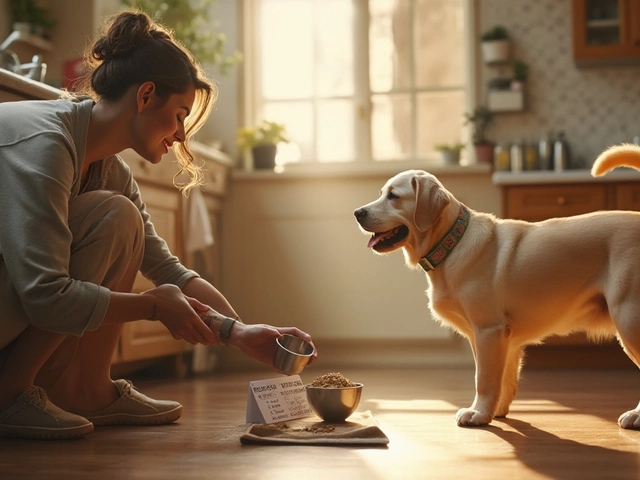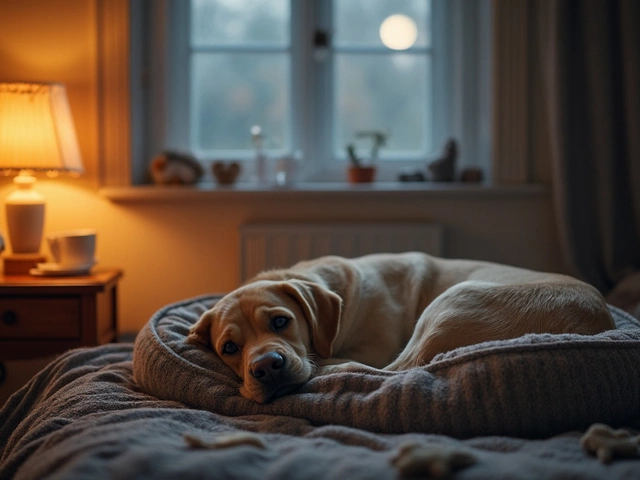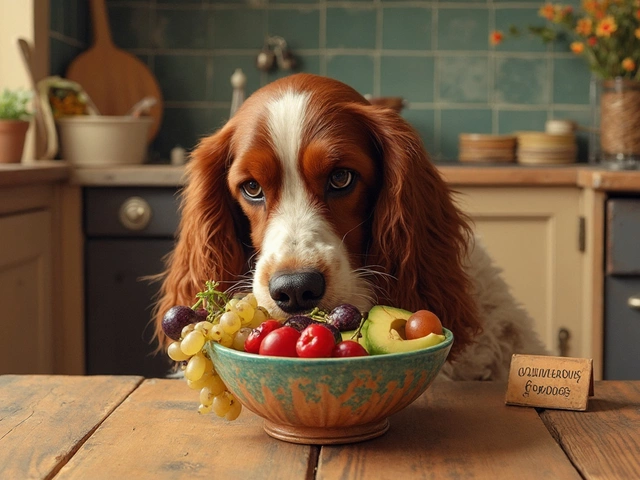Ever watched a dog groomer at work and wondered why they always start with the bath? It seems backwards-why clean a dog before cutting its fur, when the fur’s going to get messy again anyway? The truth is, washing first isn’t just tradition. It’s the only safe, effective way to give your dog a clean, even, and healthy groom.
Why washing comes first
Dog fur traps dirt, oils, dead skin, and debris. If you try to cut matted or dirty fur, you’re cutting through grime, not hair. That’s a problem. Grooming clippers and scissors don’t glide through dirty fur-they tug, snag, and overheat. A dull blade from clogged hair can burn your dog’s skin or cause painful nicks. Worse, matted fur hides skin issues like rashes, ticks, or hot spots. You won’t see them until it’s too late.
Washing first loosens all that gunk. Water and dog-safe shampoo swell the hair shafts, making mats easier to brush out. It also lets the groomer see the true texture and length of the coat. You can’t trim a Poodle’s curly coat evenly if it’s caked in mud. You can’t spot a skin infection under a greasy coat. A clean dog is a visible dog.
What happens if you cut first
Some pet owners think cutting first saves time. Maybe they’re in a rush, or their dog hates baths. But cutting dirty fur leads to three big problems:
- Uneven cuts-Dirty fur clumps and sticks together. Clippers skip over some areas, shave others too short. The result? A lopsided, patchy groom that looks amateurish.
- Blade damage-Grit and oils clog clipper blades fast. Even high-end clippers overheat in minutes when cutting dirty fur. That means longer sessions, more stress for your dog, and expensive repairs.
- Hidden health risks-A groomer can’t tell if your dog has fleas, scabs, or allergies if the coat is dirty. By the time the bath happens after the cut, those issues are already missed.
One groomer in Wellington told me about a Shih Tzu she saw after a home groomer cut first. The dog had a deep, infected skin fold under its chin-completely hidden by matted fur. The cut made it worse. By the time the owner brought the dog in, it needed antibiotics and surgery. That’s not a rare case. It’s a direct result of skipping the wash.
The step-by-step process
Professional groomers follow a strict sequence. Here’s what actually happens:
- Brush out mats-Before the bath, they use a slicker brush or undercoat rake to remove loose fur and tangles. This prevents mats from tightening when wet.
- Wash with dog shampoo-They use a shampoo suited to the breed and skin type. For example, oatmeal for sensitive skin, medicated for allergies. They lather twice: first to loosen dirt, second to cleanse deeply.
- Rinse thoroughly-Leftover shampoo causes itching and skin irritation. They rinse until the water runs clear, often using a hose or spray nozzle.
- Dry completely-They blow-dry with high-velocity dryers, then finish with a low-heat dryer. Wet fur shrinks and changes shape. If you cut while damp, you’ll cut too short.
- Brush again-After drying, they brush the coat one more time to ensure no tangles remain. This is the only time you can accurately judge how much fur to cut.
- Trim and style-Now they cut. With a clean, dry, tangle-free coat, they can follow breed standards or owner requests precisely.
This process takes longer than just cutting-but it’s the only way to get a groom that lasts, looks good, and keeps your dog healthy.
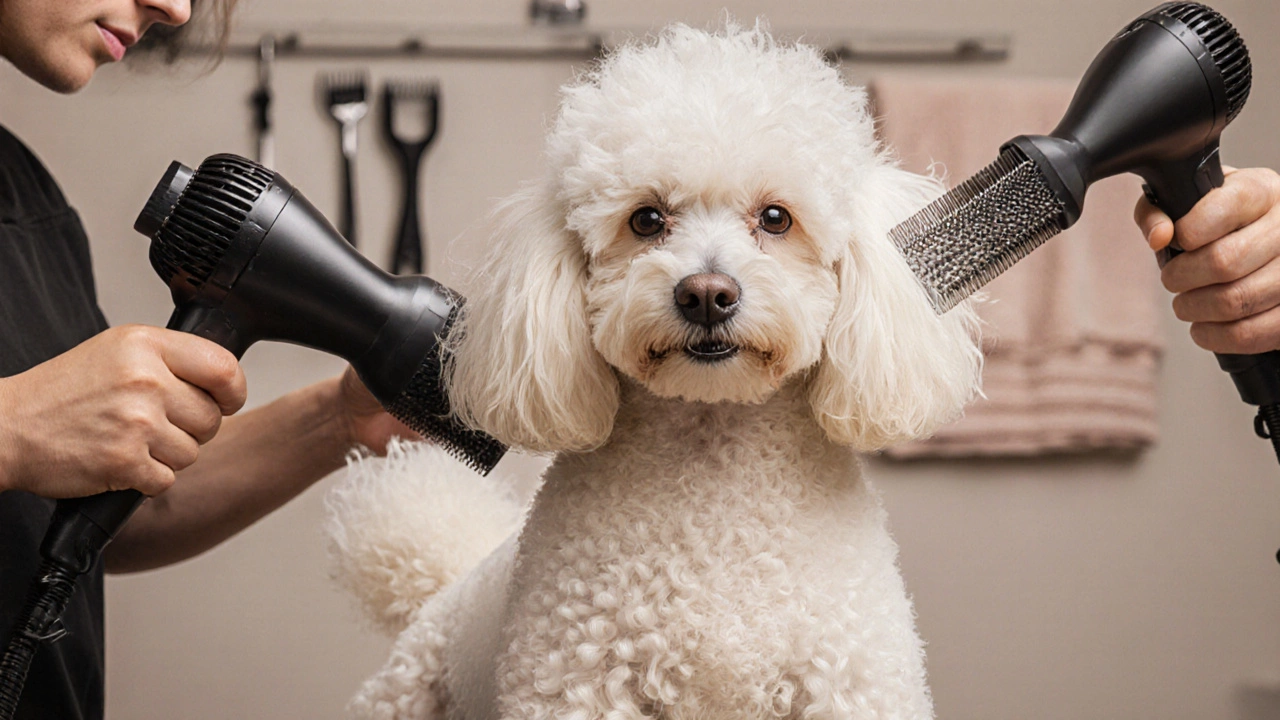
What about dogs who hate water?
Some dogs panic at the bath. Others have medical conditions that make washing risky. In those cases, groomers adapt.
If your dog has severe anxiety, many groomers use calming techniques: lavender spray, pheromone diffusers, or even light sedation (with vet approval). Some offer dry shampoos between full washes, but these aren’t a replacement for a real bath before a cut.
For dogs with skin allergies or open wounds, groomers may skip the bath and use a gentle, no-rinse cleanser. But even then, they’ll still brush thoroughly and use sanitized tools. They’ll never cut dirty fur.
There’s no shortcut that replaces the wash-cut order. But there are ways to make it less stressful-for both you and your dog.
What you can do at home
You don’t need to be a pro to follow the right order. Here’s how to groom your dog safely at home:
- Always brush before bathing. Use a comb to check for mats under the armpits and behind the ears.
- Use dog-specific shampoo. Human shampoo dries out their skin and strips natural oils.
- Dry completely before cutting. Even 10% moisture can change how fur lays.
- Use sharp, clean clippers. Dull blades are dangerous.
- Start with small trims. It’s easier to cut more than to fix a too-short cut.
And if you’re unsure? Take your dog to a certified groomer. Ask them to explain what they’re doing. Good groomers don’t just cut fur-they care for skin, coat, and comfort.
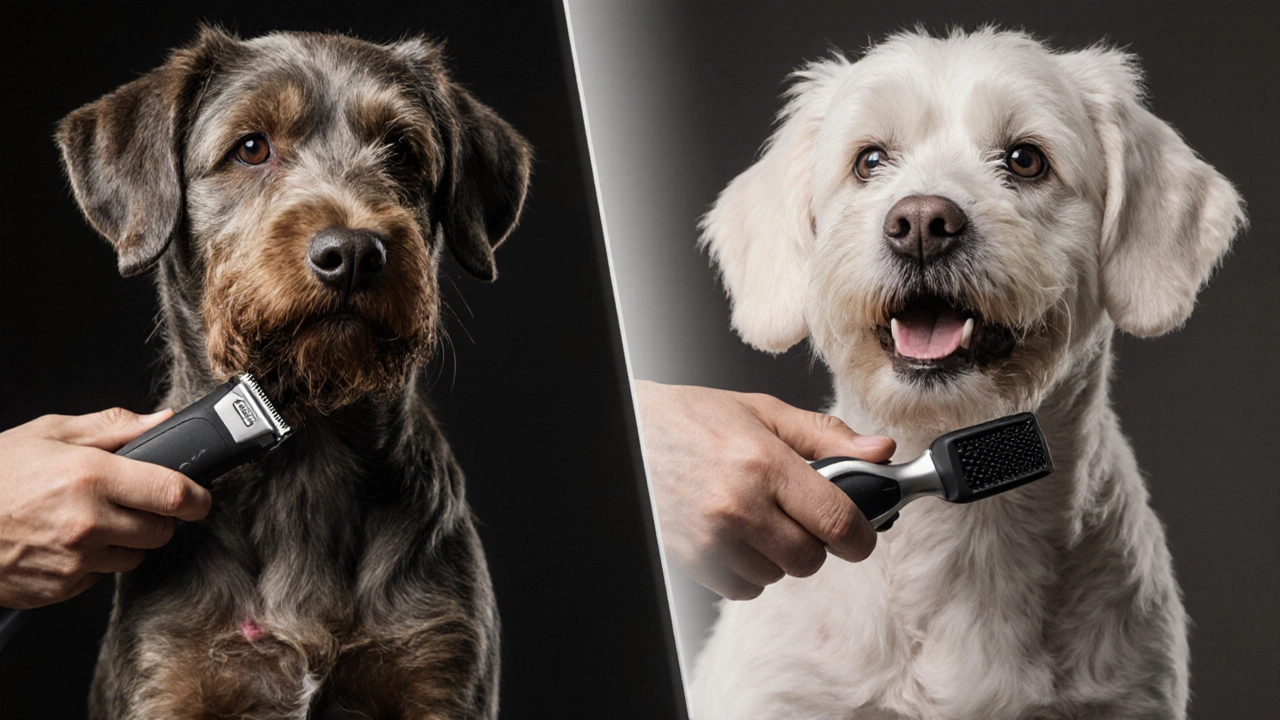
Why this matters for your dog’s health
A clean, well-groomed dog is a healthier dog. Regular baths remove allergens like pollen and dust. Brushing after a bath prevents mats that trap moisture and cause fungal infections. Proper trimming keeps hair out of eyes and ears, reducing irritation and ear infections.
Studies show dogs with regular grooming have 40% fewer skin infections than those groomed irregularly. That’s not just about looks. It’s about pain, vet bills, and quality of life.
Washing before cutting isn’t about aesthetics. It’s about safety, precision, and health. Skipping the wash might save you 20 minutes-but it risks your dog’s comfort, your wallet, and your peace of mind.
Final tip: Ask your groomer
Not all groomers are trained the same. If you’re unsure, ask: “Do you always wash before cutting?” If they hesitate or say “it depends,” find someone else. A professional should answer confidently: wash first, cut second. That’s not a preference-it’s the standard.
And if your dog comes home looking great, smelling clean, and acting calm? That’s the sign of a job done right.
Can I just use a dry shampoo instead of a bath before grooming?
Dry shampoos are useful for freshening up between full baths, but they don’t replace washing before a cut. They don’t remove deep dirt, oils, or mats. Clippers still clog, and skin issues stay hidden. For a proper groom, a full water bath is necessary.
What if my dog has matted fur? Should I cut it out first?
Never cut mats out before washing. Wetting mats first makes them easier to gently brush apart. Cutting them dry can hurt your dog’s skin or leave sharp edges. If mats are too tight to brush, a professional may need to clip them out carefully-after a bath, not before.
Do groomers bathe dogs before or after trimming nails?
Nails are usually trimmed after the bath. Wet nails are softer and easier to file. Plus, a clean dog means no dirt gets on the clippers. Groomers often do nails right before the final styling, so everything’s fresh.
How often should I get my dog professionally groomed?
It depends on the breed. Long-haired dogs like Poodles or Shih Tzus need grooming every 4-6 weeks. Short-haired breeds like Labradors may only need a bath and brush every 8-12 weeks. Always check with your groomer-they’ll know what’s best for your dog’s coat and skin.
Can I skip the bath if my dog is clean?
Even if your dog looks clean, their coat still holds oils, dead skin, and environmental debris. A bath ensures the groomer sees the true coat condition. Skipping it-even for a “clean” dog-risks uneven cuts and hidden skin problems. Always wash first.
